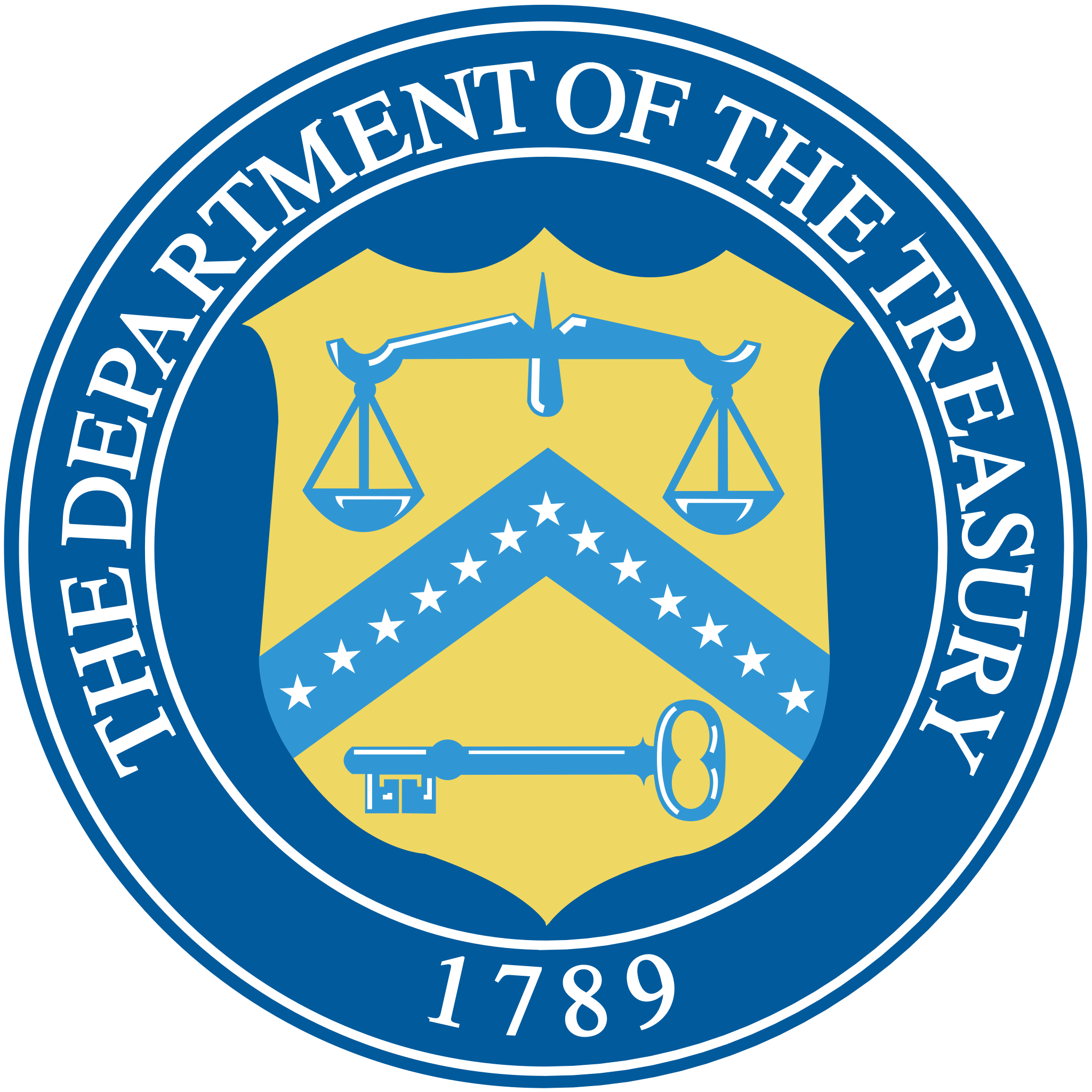48/48E: Clean Electricity Investment Tax Credit
Federal Agency

Sub-Department
Internal Revenue Service (IRS)
Purpose
To invest in facilities that generate clean electricity. Section 48 applies to facilities beginning construction before January 1, 2025. Section 48E applies to facilities beginning construction and placed in service after December 31, 2024.
Applicant and/or Project Eligibility Requirements
Eligible technologies include fuel cell, solar, geothermal, small wind, energy storage, biogas, microgrid controllers, and combined heat and power properties. After 2025, facilities also need to have a greenhouse gas emissions rate not greater than zero to be eligible. Qualified solar facilities need to include (1) equipment that uses solar energy to generate electricity, to heat or cool (or provide hot water for use in) a structure, or to provide solar process heat, and (2) equipment that uses solar energy to illuminate the inside of a structure using fiber-optic distributed sunlight or electrochromic glass that uses electricity to change its light transmittance properties in order to heat or cool a structure.
Decarbonization Considerations
Updates in the IRA provide greater opportunities to utilize this tax credit. Consider under-utilized properties like brownfields for new clean energy projects to take advantage of bonus credits. Additionally, consider pairing energy storage with any of your energy projects to increase community resiliency and the scale of your project.
Equity Considerations
Pairing this tax credit with bonus adders like the Energy Communities and Low-Income Communities bonuses by siting clean energy projects in applicable locations can reduce the cost of the overall project and provide additional benefits to disadvantaged communities. Learn more about these bonus adders here: https://cityrenewables.org/funding-guidance/understanding-available-incentives/leveraging-energy-transition-adders
Helpful Tips
For projects less than 1 MW, entities do not have to meet the prevailing wage and apprenticeship requirements. Direct Pay is eligible for this credit for tax-exempt entities. To learn more about how these tax credits work for entities with and without tax liability, check out our Funding Guidance here: https://cityrenewables.org/funding-guidance/understanding-available-incentives/tax-credits-for-renewable-energy/
Other Notes
Entities can only elect the ITC (48) or the PTC (45). For more information on the tax credits and which to select, see this resource from DOE: https://www.energy.gov/eere/solar/federal-solar-tax-credits-businesses. For more information on prevailing wage and apprenticeship requirements, see here: https://www.irs.gov/credits-deductions/prevailing-wage-and-apprenticeship-requirements
